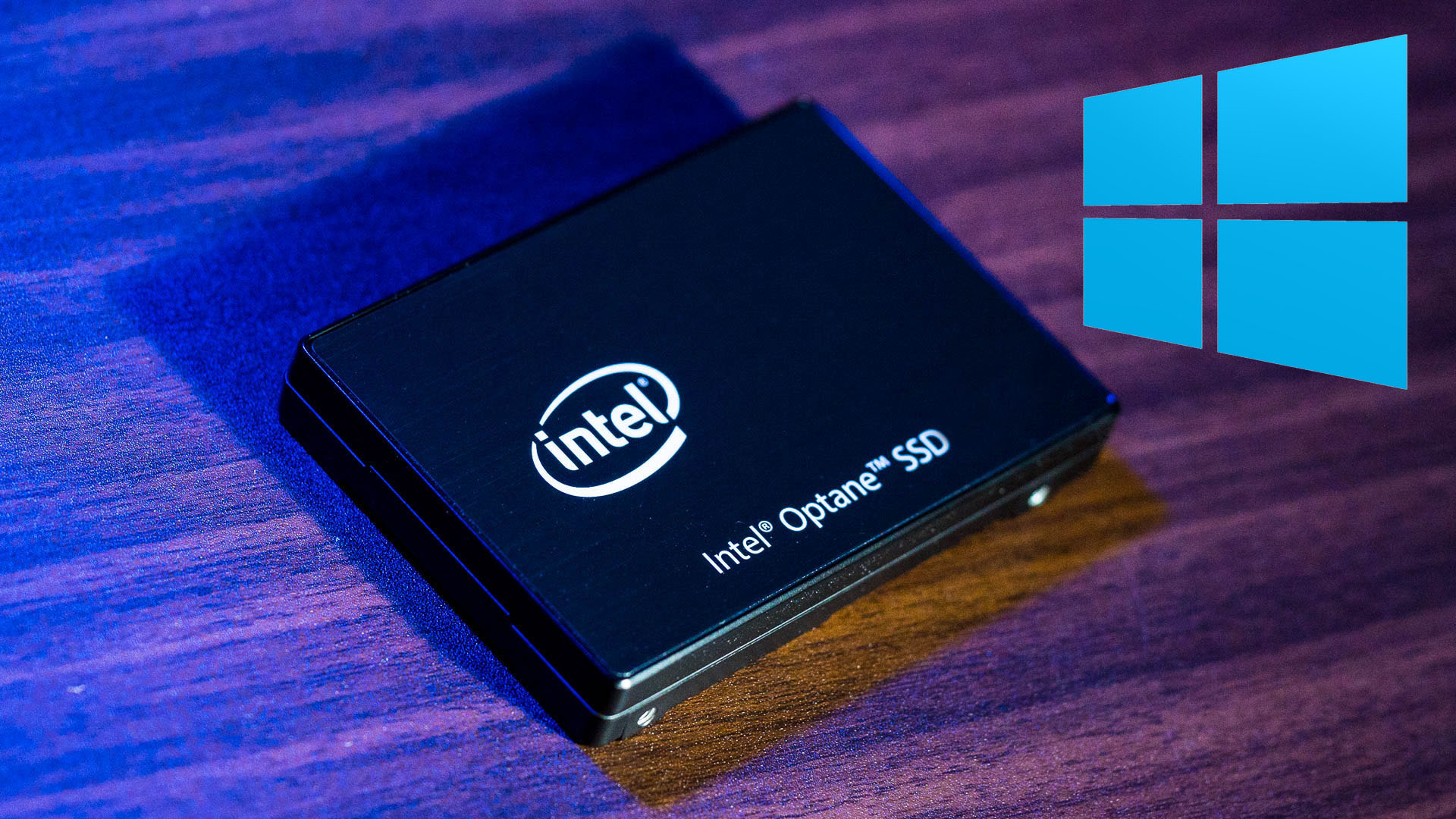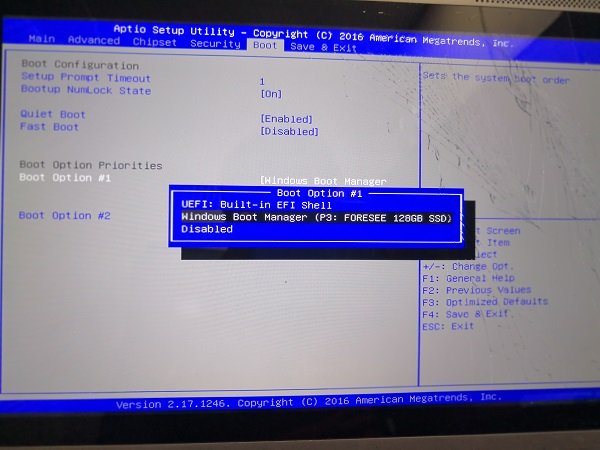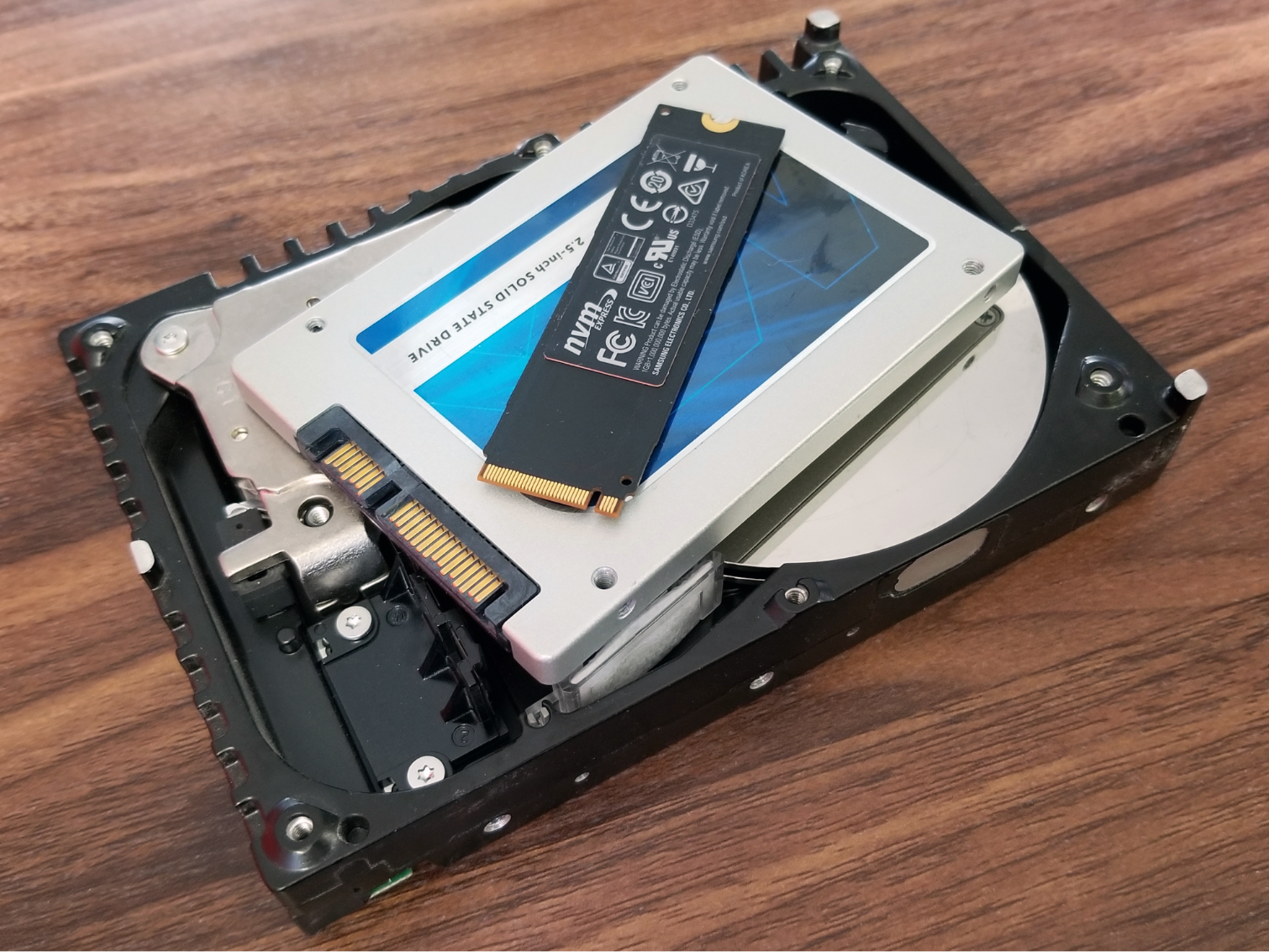

You'll know if you did it enough if the screw hole is aligned after pushing it down into the case.ĥ) Put the screw in to hold it down. It's usually by the RAM and has a tag that says "BATTERY"Ĥ) Seat the SSD in the slot furthest to the left, the side that is by the opening's edge.

(for mine, remove the (2) screws near the center and pop it off)ģ) If you're not sure about power down, unplug battery. phillips #1 screwdriver ( a normal #2 will work, but not as well)Ģ) Remove the case to expose the upgrade area. laptop with M.2 slots (mine is a 2015 17 R3) ***I am not responsible for any damage arising from following this tutorial*** Sooo.here we go. As with anything in life, nothing is guaranteed. I will also do my best to explain things that nobody could to me. In that section, I will also go over what I learned about the whole Dell Windows backup. This tutorial also assumes you don't know what the hell you're doing. If you want to reset windows before this whole process, skip to the bottom for the section "Reset Windows 10". In my case, I removed all data I wanted to keep and reset Windows 10 to fresh out the box because I wanted everything to go as smooth as possible. It would also apply if you're upgrading an SSD to a larger or faster one, just replace "HDD" with "SSD" throughout the tutorial. These instructions are assuming you are cloning your drive to a new SSD that is at least big enough to hold everything from the original. I hate Samsung, but even I can't deny their memory is top notch. I finally put together the fastest and most painless way to do this if you have Windows 10 and are going to use a Samsung M.2, and let's be real, you're going to. I had a lot of teeth gnashing and difficulty doing this due to the incomplete, or lack of info out there on the intarwebz.

That means you only have a normal HDD and are envious of all the super fast boot times of the current gen.

This post is for anyone that wants to add an M.2 SSD to a laptop that never had one by default.


 0 kommentar(er)
0 kommentar(er)
